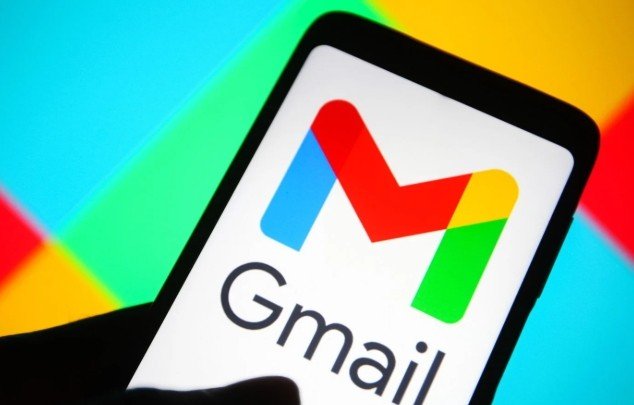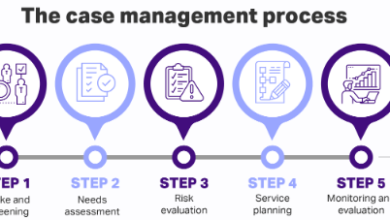
Are Email and Gmail the Same Thing?
Email has been a cornerstone of digital communication for decades, yet many people still confuse it with Gmail. While Gmail is one of the most popular email services, it’s just one way to send and receive messages. Understanding the differences between email as a technology and Gmail as a service can help you make better choices for personal and professional communication. Whether you’re managing work emails, signing up for online services, or just keeping in touch with friends, knowing how these tools differ ensures you use them effectively. In this article, we’ll break down what email and Gmail are, how they compare, and which one might be best for your needs.
What Is Email?
How Email Works?
Email, short for “electronic mail,” is a method of exchanging digital messages between users over the internet. It operates on a standardized system using protocols like SMTP (Simple Mail Transfer Protocol) for sending and IMAP or POP3 for receiving. When you send an email, it travels from your device to a mail server, which then routes it to the recipient’s mail server. The recipient can access it using their email client, whether it’s a web-based service like Gmail or a desktop application. Email is universal, meaning you can send a message from one provider to another—like Yahoo to Outlook—without compatibility issues. It’s been around since the 1970s and remains essential for both personal and business communication.
Common Email Providers
While email itself is a technology, various providers offer email services with different features. Some focus on privacy, while others emphasize storage or integration with other tools. Many workplaces use enterprise solutions tied to their domain (e.g., yourname@company.com). For personal use, free providers like Yahoo Mail and Outlook remain popular, offering customizable interfaces and additional perks like calendar integration. Some users even set up their private email servers for greater control. The key takeaway is that email is a broad concept, and Gmail is just one of many ways to use it.
See also: Trends Transforming Small Business Recruitment Technology
What Is Gmail?
Key Features of Gmail
Gmail is a free email service developed by Google, known for its user-friendly design and powerful features. One of its biggest advantages is its generous storage—15 GB for free, shared across Google Drive and Photos. Gmail also supports threaded conversations, grouping replies with the original message for easier tracking. Its robust search function, powered by Google’s algorithms, helps users find old emails quickly. Labels and filters allow for efficient organization, and built-in AI features like Smart Reply save time when drafting responses. Additionally, Gmail integrates seamlessly with other Google services like Calendar, Meet, and Docs, making it a productivity hub.

Why Gmail Stands Out?
Beyond basic email functions, Gmail offers advanced security measures like phishing detection and two-step verification. Its spam filter is highly effective, keeping unwanted messages out of your inbox. Gmail also supports offline access, letting you read and compose emails without an internet connection. For business users, Google Workspace provides custom domain emails with enhanced collaboration tools. Another standout feature is the “Undo Send” option, which gives you a few seconds to retract an email after hitting send. With constant updates and a focus on user experience, Gmail remains a top choice for millions worldwide.
Key Differences Between Email and Gmail
Protocol and Infrastructure
Traditional email relies on open protocols like SMTP and IMAP, meaning any provider can interact with others. Gmail, while using these same protocols, adds proprietary enhancements like AI-driven sorting and deep integration with Google’s ecosystem. This means Gmail offers features beyond standard email, such as automatic categorization into Primary, Social, and Promotions tabs.
Storage and Attachments
Most email providers offer limited free storage, often requiring upgrades for additional space. Gmail provides 15 GB for free, which is significantly more than many competitors. It also allows larger attachments (up to 25 MB for direct sends and even more via Google Drive links), whereas some email services impose stricter limits.
User Interface and Experience
Gmail’s interface is modern and intuitive, with features like hover actions and customizable themes. Traditional email clients may feel outdated in comparison, with fewer customization options. Gmail’s mobile app is also highly polished, offering a seamless experience across devices.
Security and Spam Protection
While all email services have basic spam filters, Gmail’s AI-powered system is exceptionally good at blocking malicious emails. It also provides detailed security alerts if it detects suspicious login attempts. Standard email services may lack these advanced protections unless paired with third-party tools.
Integration with Other Tools
Gmail works effortlessly with Google’s suite of apps, allowing you to schedule meetings, share files, or start video calls without leaving your inbox. Traditional email services often require additional software for similar functionality, making workflows less streamlined.
Which One Should You Use?
If you value convenience, storage, and smart features, Gmail is an excellent choice—especially if you already use Google’s ecosystem. However, if privacy is a priority, you might prefer a provider with stronger encryption. Businesses may opt for custom domain emails, while casual users might stick with whatever service they’re accustomed to. The best option depends on your specific needs, but Gmail’s versatility makes it a strong contender for most people.
Conclusion
Email and Gmail serve the same fundamental purpose but differ in features, usability, and integration. While email is a universal technology, Gmail enhances it with smart tools, ample storage, and top-tier security. Whether you’re switching providers or setting up a new account, understanding these differences helps you choose wisely. And if you ever need to manage accounts across devices—need learning how to remove google account from huawei—the process is simple once you know the steps. No matter which service you prefer, staying informed ensures you get the most out of your digital communication.



